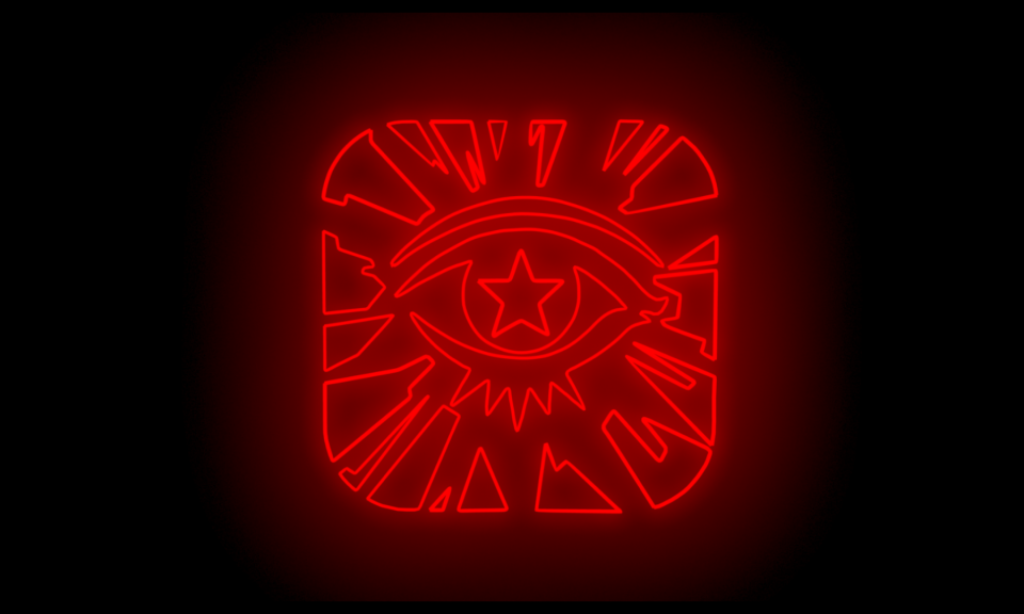The second two lectures Despoina gave us on the aesthetics of storytelling were on subjects I wasn’t too familiar with, most of the practices stemming from film techniques for movies and such.
Class 1 – Environment Design & Spatial Cinematography
Leading lines, while a concept I was not very familiar with before, now seem prominent in experiences I have seen in the past. Many games use leading lines as lighting to highlight objectives for the player in the environment, or simply to bring the player’s attention to one specific area. In VR, a great example of this can be seen in ‘Half-Life Alyx’.

The leading lines of the wiring and pipes urge the player to follow them to the focal point of the primary tower, with the said tower being central in the scene, a good example of smart blocking in the environment as well by the tower being centralized, giving an unreal and/or overwhelming feeling.
Beyond leading lines, as well as designing environments to suit certain camera angles, a lot of the other areas talked over are things I personally believe to be hard to implement in virtual reality. Certain shot choices can work as shown in the lecture with experiences such as ‘Battlescape VR’, but these shots put the player outside of the environment, with them acting as an observer. My personal thoughts on this trend are that they aren’t using VR to its full capability. The best thing about VR is experiencing new environments, being able to walk around them freely. The usage of specific camera angles can sadly hinder this, making the experience much more akin to a normal console-based video game, or movie, instead of an immersive experience. The fact of the matter is that if you give a player free reign to look and move around their environment, they may not always observe it exactly as you planned, and I think instead of fighting against this possibility, we should rise to meet it, making sure that no matter where the player observes, they are never truly ‘doing it wrong’.
Class 2 – Lights
Already, I have briefly discussed the usage of light in experiences, and how it can fully define an environment entirely through its usage. In our first year, we were given a bit of insight on how it may be used in different ways, but Despoina was kind enough to share some other techniques used in cinematography that can be transferred over to VR.
My first Maya-based project last year was to create my perfect holiday destination. Whilst doing this project, I made heavy usage of neon lights, for which I have a personal fondness. Under most connotations, nighttime is supposed to be the absence of light, used to portray commonly frightening experiences, especially in VR. However, I love using night scenes as an opportunity to include neon, with its vast range of light not only effective at defining an environment, but also as a way of expressing mood, with the ability to use different colors of neon linking back to the ideas of color theory. In summary, I have no doubt that neon will most likely become a staple to most of my projects due to its wide range of uses in regards to light.
